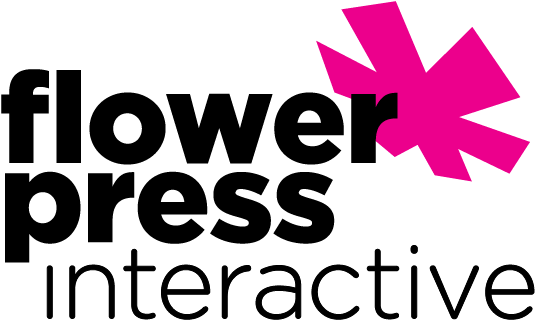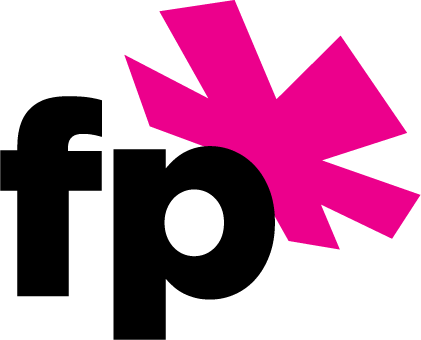
If you’re working as a designer, chances are you’re working for clients. Your clients may be in-house departments or different companies. Either way, the dynamics are largely the same. If you do a good job listening, creating, and delivering solutions for clients, they will pay you back with repeat business, testimonials, and referrals. If your client relationship goes south for some reason, the opposite is true. The complement of repeat business cannot be overstated. For many successful freelance designers, repeat business is their bread and butter. It is easier to sell new services to a past client than to a potential client. Someone who knows you, and understands how you work and the value that you bring is more likely to purchase your services a second time if they had a good experience. Below is the Flower Press Interactive top ten ways to earn the complement of repeat business.
- Start your engagement with clear expectations. Have a conversation with your client to ensure that expectations for this phase of work are clear. Layout deliverables and costs upfront in a written contract. Have your client review and sign it.
- Check in regularly. For ongoing engagements consider scheduling a weekly call to keep clients and contributors on the same page. Regular check-ins are key to ensuring that changes to the original plan or timeline are communicated.
- Track your budget. It is easy to start a project with a rosy picture for how long things will take, and what they will cost. As you move through an engagement things can take longer, clients can request more. Make sure to keep a close eye on your budget and let your client know if costs are running over. They will thank you later if you keep them informed and don’t let unexpected charges show up on a bill.
- Invoice regularly. Billing regularly will help to ensure you have a good collection rate during the course of your project. Monthly billing is an industry standard. If clients are late with payments, pause work and follow up. You need to ensure that you are collecting what is owed so you can stay in business.
- Be creative. If you’re being hired as a designer, you’re being paid for your creative brain. Use it. Explore new concepts and ideas. Find a new way to interpret old information. Talk to stakeholders and end-users to come up with a good, informed direction.
- Check in with users. It is hard to create something of value if you’re designing in a bubble. Work with your client to involve user testing in your normal design cycle. At the beginning, middle and end. Weekly, or monthly. Whenever you get user feedback it will be valuable.
- Check in with stakeholders. Make sure to involve key stakeholders in your design process so they feel bought in with the direction. Stakeholders left out of your process may derail things later on.
- Work closely with your engineering team. Whether you have engineers on your internal team, or they are in-house with your client, you need to be in close contact with engineering throughout your design process. Regular check-ins on the technical feasibility of your designs is essential for building a working product.
- Keep track of your timeline. Clients want things on-time and on budget. So keeping an eye on your timeline is important. With agile design, the timeline may shift around. This is not a problem, so long as all stakeholders are informed. Keeping your milestones up-to-date helps to keep everyone on the same page.
- Ask for feedback. During and after your engagement, ask your client for feedback on your work style and practices. This information can be invaluable in ensuring that you are delivering your services well.
If you follow these best practices, all of us at Flower Press Interactive are confident that you will be given the complement of repeat business. Happy designing.

